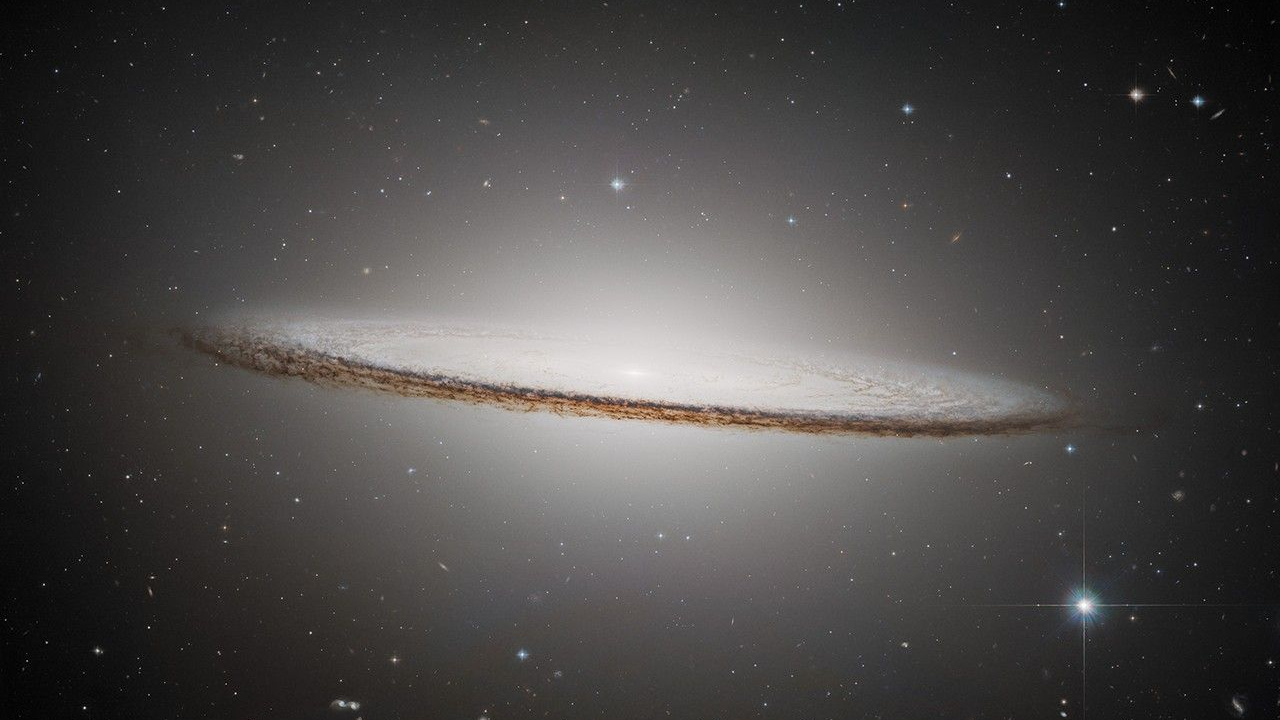Winter solstice 2022 brings the longest night of the year to Northern Hemisphere
There are brighter days ahead — literally.

Winter is coming. Today, in fact!
Each December, the winter solstice marks the official start of astronomical winter in the Northern Hemisphere and the shortest day of the year. This year, the winter solstice occurs today, which means that from here on out, each day will be longer than the last for the next six months.
The winter solstice occurs on Wednesday (Dec. 21) at 4:48 p.m. EST (2148 GMT), according to Farmer's Almanac. For those of us in the Northern Hemisphere, the days will gradually begin to get longer and the nights shorter going forward into winter. The sun will begin rising earlier and setting later, and will appear lower in the sky at local noon. In fact, if you can make it outside around noon local time today, take a look at your shadow; it should be the longest noontime shadow of the year due to the low angle of the sun.
Related: When is the Winter Solstice and what happens?
Seasons on Earth occur not because of our distance from the sun, but because of the planet's tilt. In fact, Earth's perihelion, or closest distance to the sun, comes in the middle of the Northern Hemisphere's winter. In 2023, it will fall on Jan. 4, according to In-The-Sky.org.
The winter and summer solstices occur because Earth is tilted 23.5 degrees on its axis, and the moment of each solstice occurs when the axis is tilted in the direction of the sun. During the winter solstice, South Pole is tilted towards the sun, and during the summer solstice in June, the North Pole is tilted towards the sun.

During the vernal and autumnal equinoxes, the Earth's axis is perpendicular to the sun, not tilted towards it. (This tilt is why we experience seasons, and why the seasons are flipped in the Northern and Southern Hemispheres.)
Get the Space.com Newsletter
Breaking space news, the latest updates on rocket launches, skywatching events and more!
During the winter solstice, the sun reaches the southernmost point in the sky from the perspective of Earth — at noon, the sun will appear directly overhead of the Tropic of Capricorn, at 23.5 degrees south.
At noon in the Northern Hemisphere, the sun will appear at its lowest point in the sky compared to where it is at noon throughout the rest of the year, which is why this marks the shortest day of 2022 in the Northern Hemisphere. In the Southern Hemisphere, however, it will be the longest day of 2022.
Midwinter festivals have long been celebrated on the winter solstice each year by current and ancient cultures. In fact, many elements of the Christmas holiday were influenced by the Roman pagan midwinter festival Saturnalia, which celebrated the god of agriculture and time and fell near the winter solstice each year.
According to History.com, the winter solstice fell on Dec. 25 on the Julian calendar, which was used by the Ancient Romans; today we use the Gregorian calendar, which has the winter solstice fall on either Dec. 21 or Dec. 22.
Follow us on Twitter @Spacedotcom or on Facebook.
Join our Space Forums to keep talking space on the latest missions, night sky and more! And if you have a news tip, correction or comment, let us know at: community@space.com.

Space.com contributing writer Stefanie Waldek is a self-taught space nerd and aviation geek who is passionate about all things spaceflight and astronomy. With a background in travel and design journalism, as well as a Bachelor of Arts degree from New York University, she specializes in the budding space tourism industry and Earth-based astrotourism. In her free time, you can find her watching rocket launches or looking up at the stars, wondering what is out there. Learn more about her work at www.stefaniewaldek.com.
-
Gavin53 You got it backwards!Reply
Quote:
The sun will begin rising later and setting earlier, and will appear lower in the sky at local noon.
You know it's the opposite, avoid embarrassment fix it quick. -
bolide They make this kind of goof all the time. Apparently they don't employ editors, or at least not ones qualified to edit science writing.Reply -
VicMartin I sent her an e-mail about a half hour after she posted it. She's corrected most of it, but still, the remark about rising earlier and setting later isn't entirely correct.Reply
The sun has been setting later for days now. Since December 13. It wont start rising earlier until December 31.









